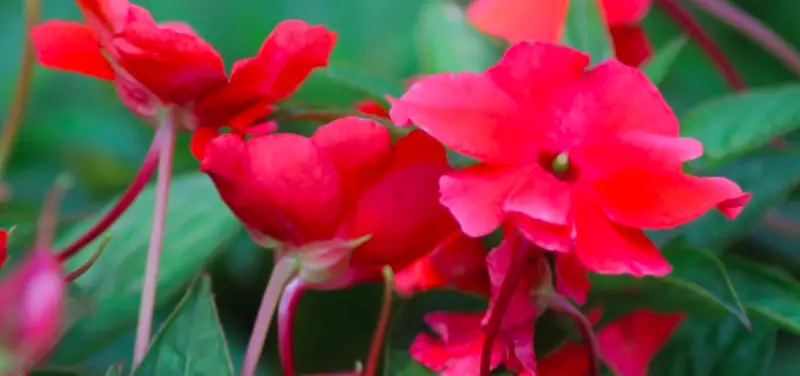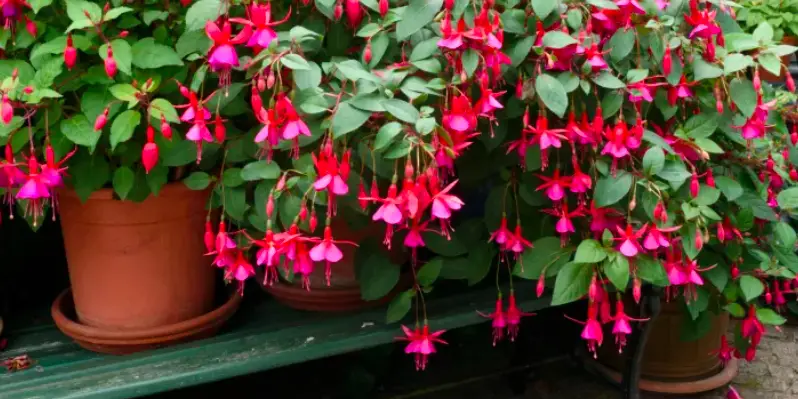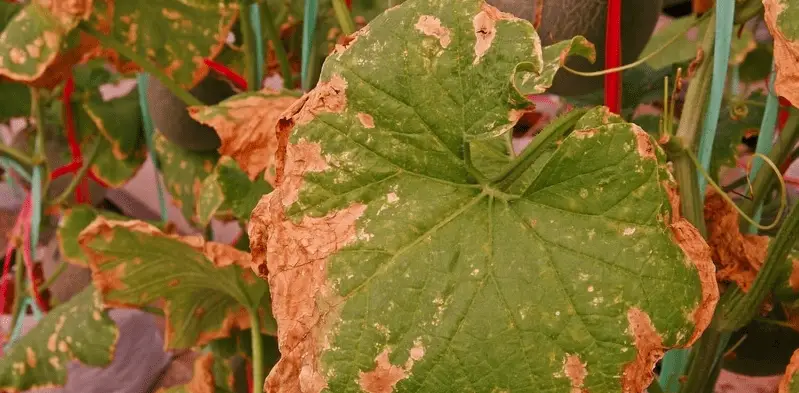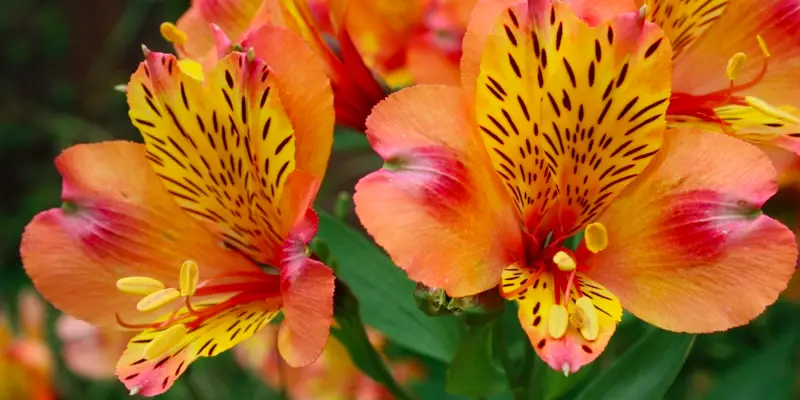If you’re like me, then you probably love spending time in your garden. There’s nothing quite like getting your hands dirty and watching things grow. However, if you’re new to gardening, then you may be wondering whether or not you need to line your planter box.
In this blog post, we talk about why you may or may not need to line your planter box, as well as some tips on how to do it.
Do I Need To Line My Planter Box?
Yes, you should line your planter box, especially if the box is made from metal or wood. The purpose of lining is to create a barrier between the soil and the planter material. It will help prolong the life of your planter and prevent the material from rotting.
You see, moisture can cause the wood to rot and the metal to rot. Plus, there are organisms in the soil that can damage the planter material over time. Lining the planter will prevent all of this damage from happening and help your planter last longer.
There’s no need to use a liner if your planter box is made from plastic or ceramic materials as they’re not as susceptible to rotting and becoming damaged. You may also want to use a liner if you’re planting delicate plants that need extra protection.
What Material Should You Use?
There are a few different materials that you can use to line your planter box. However, plastic is the only one that completely protects the planter from moisture. If you’re using a liner made from another material, make sure to add a layer of plastic on top to create a barrier.
This is the best way to stop metal planter boxes from rusting. The plastic lining is also very durable and economical, which means it will save you money in the long run as it won’t need to be replaced as often.
What if you have a wireframe planter?
You can line a wireframe planter with many different materials. But, you’ll want to make sure that the material is durable and can withstand the elements.
Here are the most popular options when it comes to lining a wireframe planter:
Coconut fiber – This is a natural fiber that’s very durable and absorbent. It’s also eco-friendly and will help to keep your plants healthy. Coconut fiber is expensive and usually needs to be purchased from specific stores that are not always available.
Landscape fabric – This is a synthetic fabric that’s very strong and durable. It will last a long time and is also rot-resistant.
Sphagnum moss – This is a natural material that’s very absorbent. It will help to keep your plants healthy and can also be used as mulch. The downside is that the moss will need to be replaced on a frequent basis, which can be expensive in the long run.
No matter what material you choose, make sure to secure it in place with wire or staples. This will prevent the liner from moving around and becoming damaged.
How Often Should You Replace The Liner?
The liner should be replaced every few years, or as needed. If you notice that the material is starting to degrade, then it’s time to replace it. This will happen less if you use durable materials like plastic.
Also, if you’re planting different types of plants, then you may need to replace the liner more often due to damage from moving the plants in and out.
How Do You Install A Planter Box Liner?
Installing a liner is relatively simple and only requires a few supplies that you probably already have around the house.
Before you install your liner, it’s important to clean the planter box. This will remove any dirt, debris, or build-up that’s present. Once the box is clean, allow it to dry completely before adding the liner.
First, measure the inside of your planter box to determine how much liner material you’ll need. Next, cut the liner to size using a sharp knife or scissors. I like to sterilize any equipment I use to cut the liner to avoid transferring any bacteria.
Now, it’s time to install the liner. If you’re using a plastic liner, simply place it inside the planter box and smooth out any wrinkles or creases. If you’re using another type of liner, make sure to add a layer of plastic on top for extra protection.
The best way to install your planter is by stapling it in place. Start at one end of the box and work your way around, making sure that the liner is tight and secure.
Finally, fill your planter box with soil and plants, and you’re all done! Depending on the type of liner used, your new planter box should last for several years.
Conclusion
In conclusion, lining your planter box is a great way to extend its life and protect your plants. It’s an easy project that only requires a few supplies, so there’s no excuse not to do it!
Plastic liners are the most effective and durable option, but other materials can be used if you prefer. Follow these simple steps and you’ll be well on your way to creating a beautiful and long-lasting garden! Thanks for reading!
Tim is an avid gardener from the UK. He was the founder of PlantCarer.com from 2021 to Sep 2023. He sold PlantCarer.com to Aaron. He has since started his own business called Seed To Supper, which provides new gardeners all the materials you need in a box (pots, seeds, compost and instructions) to grow your own delicious and nutritious vegetables and herbs from start to finish – no garden required.









0 Comments